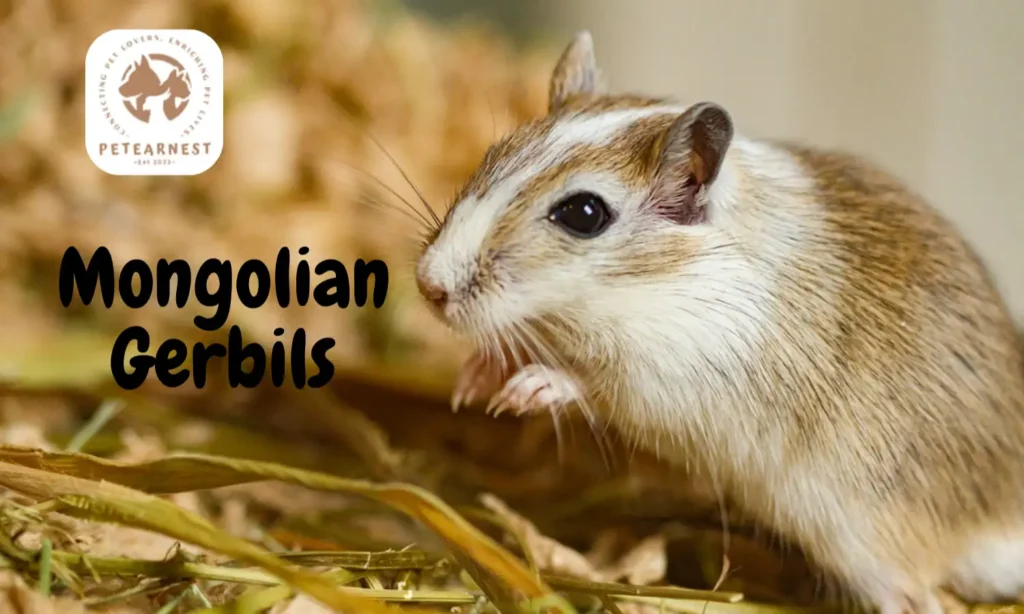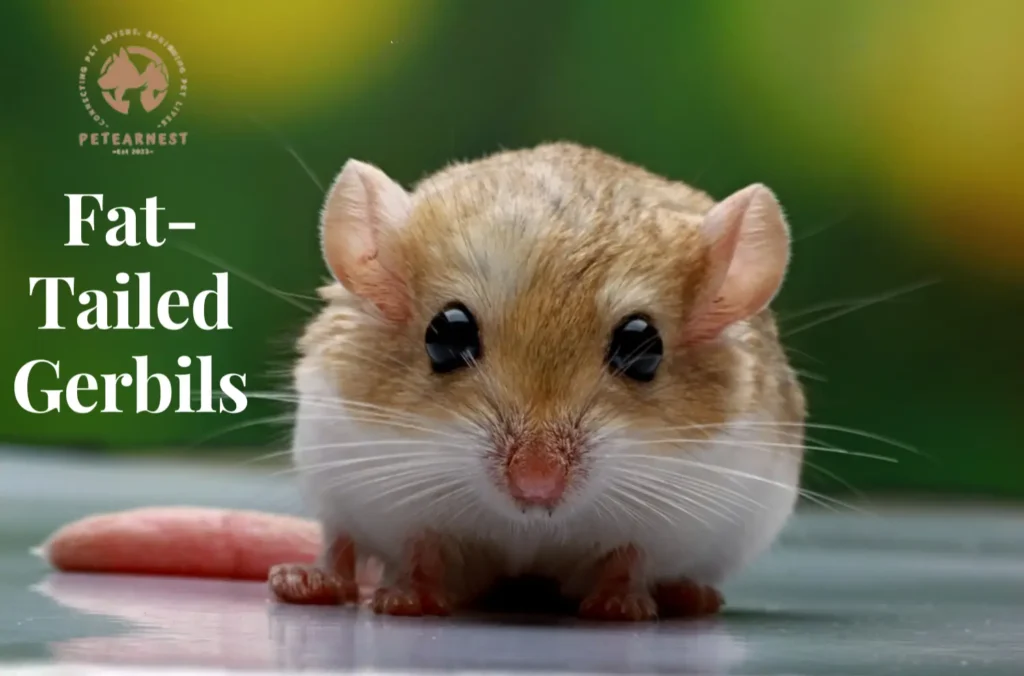Gerbils are popular small pets known for their friendly and active nature. These curious little rodents make excellent companions for individuals and families alike. If you’re a new gerbil owner or considering bringing these charming creatures into your home, it’s essential to understand their specific care requirements. In this comprehensive guide, we’ll cover all aspects of gerbil care to ensure a happy and healthy life for your new furry friends.
1. Gerbil Species and Varieties
Gerbils belong to the family Muridae and are part of the subfamily Gerbillinae. The two most common species kept as pets are the Mongolian gerbil (Meriones unguiculatus) and the fat-tailed gerbil (Pachyuromys duprasi). Both species have distinct characteristics and care requirements.
A. Mongolian Gerbils
- Mongolian gerbils are the most popular pet gerbil species.
- They have a long, slender body with a furry tail.
- Colors vary, but they are typically agouti or grey with a white belly.
- Active and social, they enjoy the company of other gerbils.
B. Fat-Tailed Gerbils
- Fat-tailed gerbils have a stockier build with a short, fat tail.
- They are usually light brown or sandy in color.
- Known for their docile temperament, they are less active than Mongolian gerbils.
- They are social and can be kept in pairs or small groups.
2. Setting Up the Gerbil Habitat (Cage)
Creating a suitable habitat is essential for your gerbils’ well-being. Here’s how to set up a comfortable and safe gerbil cage:
A. Cage Size
Gerbils are active creatures that require plenty of space. A minimum cage size for a pair of gerbils is 10 gallons (approximately 40 liters). However, larger is always better. Consider a glass aquarium with a mesh or wire lid, or a multi-level wire cage designed for small rodents.
B. Substrate
Provide a deep layer of bedding material for burrowing. Aspen shavings, paper-based bedding, or a mixture of both are suitable choices. Avoid cedar or pine bedding, as they can be harmful to gerbils.
C. Hideouts and Nesting Material
Include hideouts and shelters for your gerbils to feel secure. Provide nesting material like torn tissue paper, hay, or plain toilet paper for them to build nests.
D. Wheel and Toys
A solid-surface exercise wheel (no spokes) is essential for your gerbils to burn off energy. Offer a variety of toys such as tunnels, wooden blocks, and chew toys to keep them mentally and physically stimulated.
E. Food and Water
Use a heavy ceramic food dish and a water bottle with a sipper tube. Ensure a consistent supply of fresh water and provide a balanced diet (see next section).
3. Gerbil Diet and Nutrition
Gerbils require a balanced diet to maintain their health. Here’s how to provide the right nutrition for your gerbils:
A. Commercial Gerbil Pellets
High-quality commercial gerbil pellets should form the base of their diet. These pellets are specially formulated to meet their nutritional needs.
B. Fresh Vegetables and Fruits
Offer small amounts of fresh vegetables and fruits as occasional treats. Favorites include carrots, apples, and leafy greens. Avoid feeding them citrus fruits and sugary or starchy foods.
C. Seeds and Grains
Seeds and grains can be given in moderation as snacks. Sunflower seeds and pumpkin seeds are popular choices. Limit the quantity, as they are high in fat.
D. Timothy Hay
Provide access to high-quality timothy hay for added fiber and dental health. Gerbils will also enjoy burrowing and nesting with hay.
E. Fresh Water
Make sure your gerbils always have access to clean, fresh water. Change their water daily and clean the water bottle regularly.
4. Social Behavior and Housing
Gerbils are social animals that thrive in pairs or small groups. Keep them with littermates or introduce them to compatible cage mates. A solitary gerbil may become lonely and stressed.
5. Handling and Taming
Gerbils can be tamed with patience and gentle handling. Start by allowing them to get used to your presence and gradually introduce hand-feeding. Handle them gently and avoid sudden movements.
6. Gerbil Care – Health
Regularly observe your gerbils for signs of illness or injury, such as lethargy, weight loss, or changes in behavior. If you suspect any health issues, consult a veterinarian experienced with small rodents.
7. Breeding Considerations
If you have a male and female gerbil together, be prepared for potential pregnancies. Gerbil litters typically consist of 4-6 pups. Separate the sexes to prevent unplanned breeding.
Final Words
Gerbils are delightful and low-maintenance pets when provided with the appropriate care. By setting up a suitable habitat, offering a balanced diet, providing companionship, and understanding their unique needs, you can ensure a happy and healthy life for your gerbil companions. Enjoy the playful antics and affectionate nature of these charming rodents as they become beloved members of your family.
"I can confidently say: 'With proper care, gerbils become cherished family members, offering endless joy through their playful nature and affectionate personalities."
Dr. chandrika Tweet





